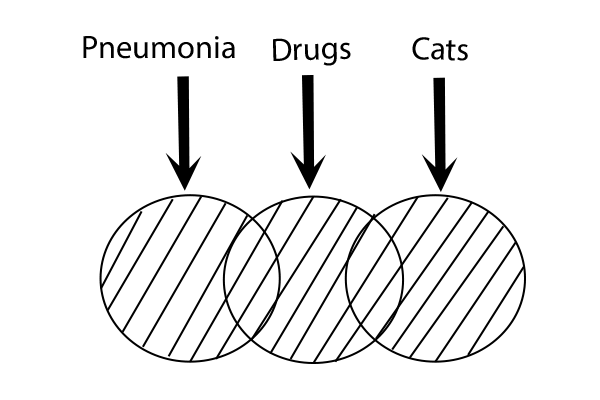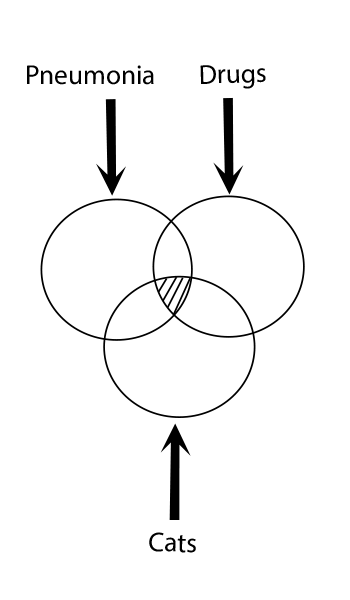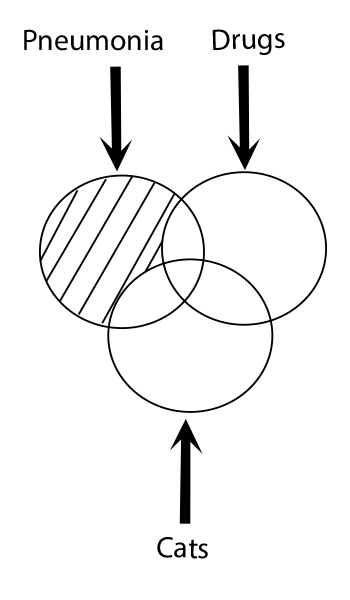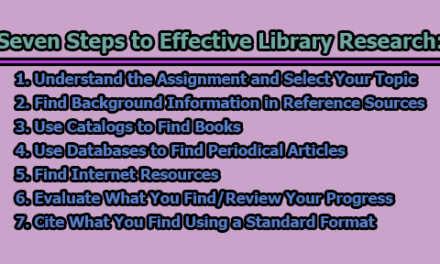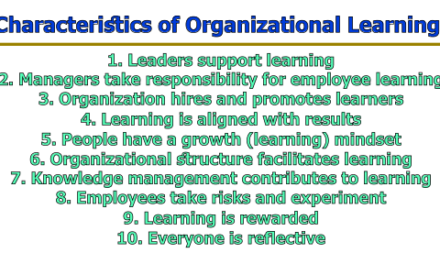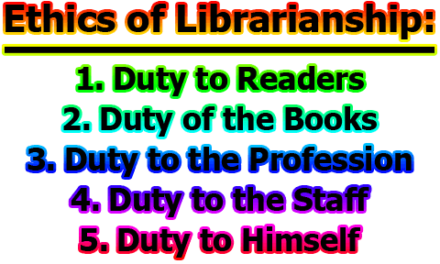In this information era, it is very difficult to search a specific document from the huge amount of document. To reduce this problem there are use some search techniques or search logic to find a specific information or document easily. There are different types of search logic which all are different from each other but they all helps to find information in a convenient way.
Search Logic: Information is meant to be searched. The methods of search depend on purpose and demand of information. In retrieving information, there use several specific terms. To make a knot between and amongst these terms there use search logic. Thus, search logic is the means of specifying the combination of terms which must be matched for successful retrieval.
Types of Search Logic: Ordinarily, search logic is three in types which are briefly being:
- Boolean Search Logic: In searching Boolean search logic is one of the efficient methods. This search logic used to gather lots of information. In the year of 1858 English Mathematician George Book devised a system of symbolic logic, in which he used three operations; (+, ×, -). Later, John Venn being a develop on it. Three types of operators which are describing details in the below:
- Logical Sum (OR) or (+): The first operator of Boolean SL is ‘OR’ or logical sum. Through logical sum we may gather lots of information in a certain subject. It means that we want any document that is related to any one of the topics under circumstances consideration, i.e. in logical some Boolean search, we should say, “give me any document that deals with drugs or that deals with pneumonia or that deals with cat. Any of these or all.” Such a broad generalized request can be visualized as follows:
- Logical Product (AND) or (×): The second operator is ‘AND’ or logical product operator. By logical product, the minimum specific information can be retrieved. Suppose we want those documents that discuss cats, drugs and pneumonia. In other words, we want each document to deals with all three concepts. You may get a clear concept about this search logic to see the following figure:
- Logical Difference (NOT) or (-): The third operator is ‘NOT’ or logical differences. Suppose we want those documents that discuss cats but not drugs nor pneumonia. Then we have:
- Weighted term Search Logic: Weighted term SL is similar to Boolean search logic and shares the same theoretical basis. Weighted-term search logic is used in stead of ‘OR’ operator of Boolean search logic.
To use a typical weighted term system, it is first necessary to select a threshold value. Threshold is the minimum weight to retrieve any information. If the weight assigned to a term is equal to or greater than threshold value, then the documents indexed under that term will be printed out. If the weight assigned to the term is less than the threshold value, then the documents indexed under that term won’t be printed out.
For Example:
| Threshold value = 5 | |
| Terms | Weight |
| A | 4 |
| B | 1 |
| C | 1 |
| D | 1 |
| E | 1 |
In this case the documents indexed under term. A will be printed out only, if the documents have also been indexed under terms A, B, C, D, E. (4+1=5) or any combination of them (4+1+1 or etc.)
Negative weight can also be assigned to terms.
For Example:
| Threshold value = 7 | |
| Terms | Weight |
| A | 5 |
| B | 8 |
| C | -6 |
Documents indexed under term B will be printed out only, if term C has not been used too. If the document has been indexed under both terms A and B, then it will be printed out even it has also been indexed under term C because (13-6=7), which is the threshold value.
- Term Truncation Search Logic: Truncation is another SL which is to be found chiefly in the computerized full-text, free language information retrieval system. Three types of truncation are commonly recognized which are being:
- Right-hand Truncation: Right-hand truncation refers to the ability to search on the initial string of characters in a word. In a sample words, right-hand truncation ignoring the end of a word. The truncation ‘IM’ will for example, retrieve documents containing important impossible, impolite, import etc.
- Left-hand Truncation: In this truncation stem formed by excluding the very first part of a word. Its possible to retrieve all homo-terms, by adding necessary prefix at the beginning of the word. As far example, the truncation ‘tion’ may retrieve all terms with the same suffix like examination, information, application etc.
- Middle-hand Truncation: User avoid to use some character from the middle of the term and create stem and search for information, i.e. Orga……tion.
At the end of the day we can say that search logic is very necessary for searching a document in an appropriate way.

Library Lecturer at Nurul Amin Degree College

